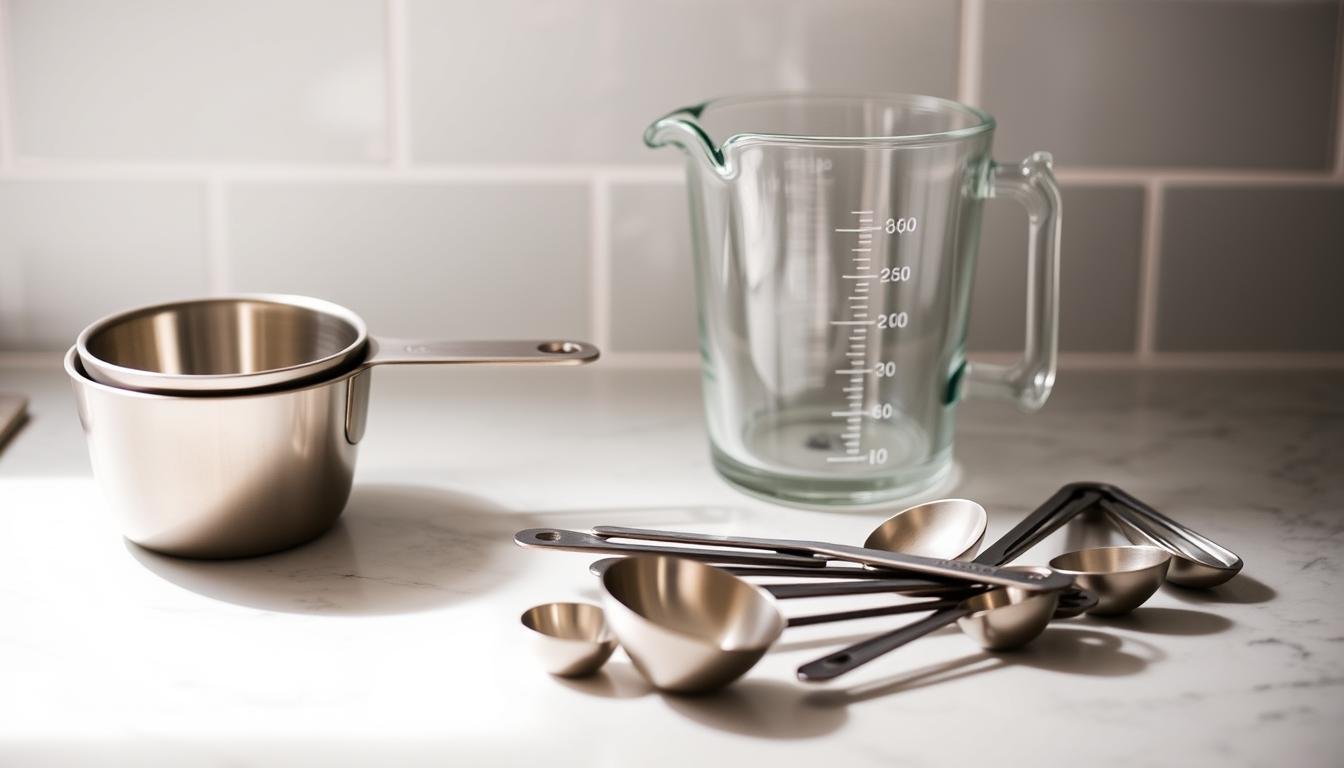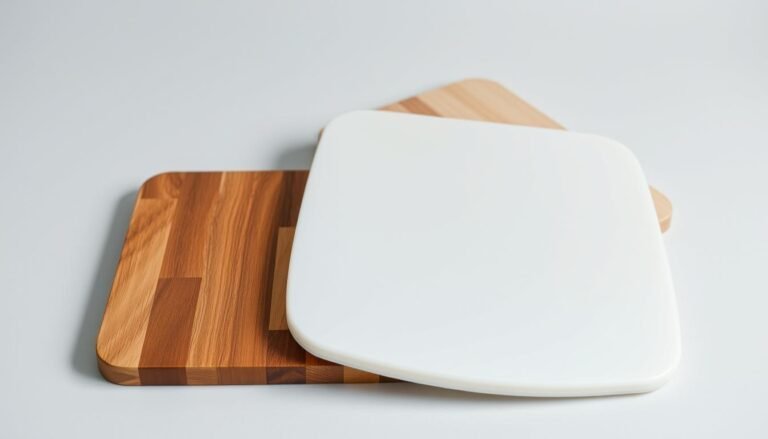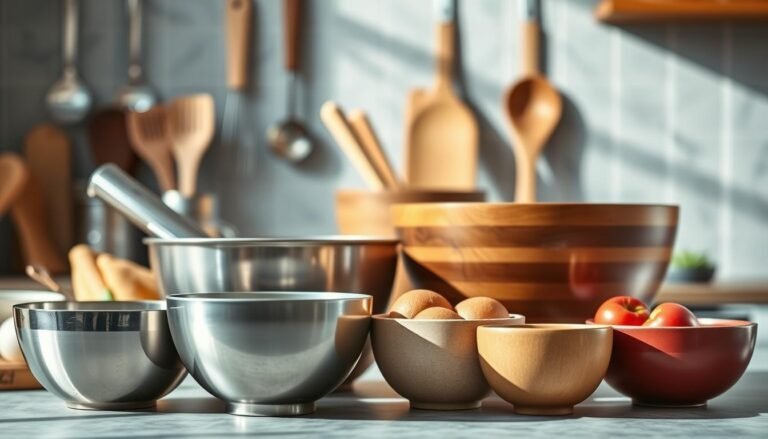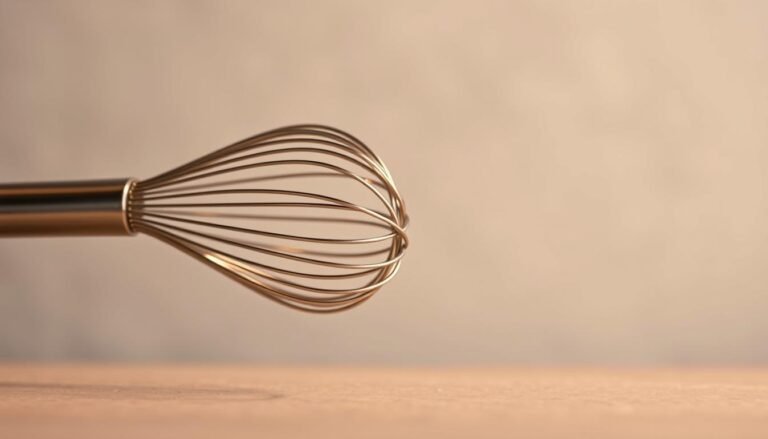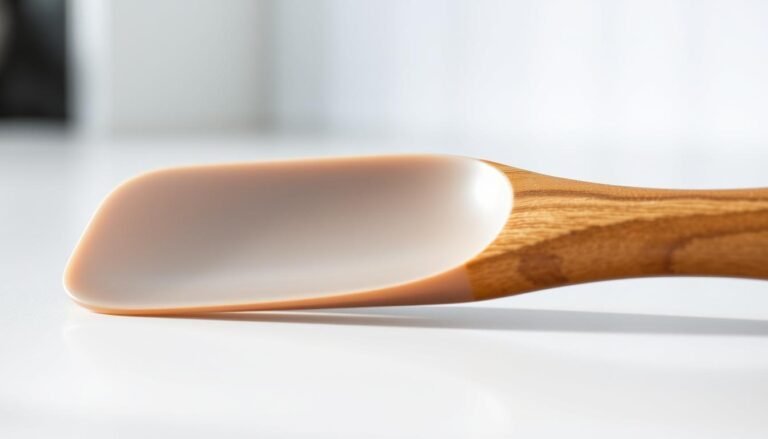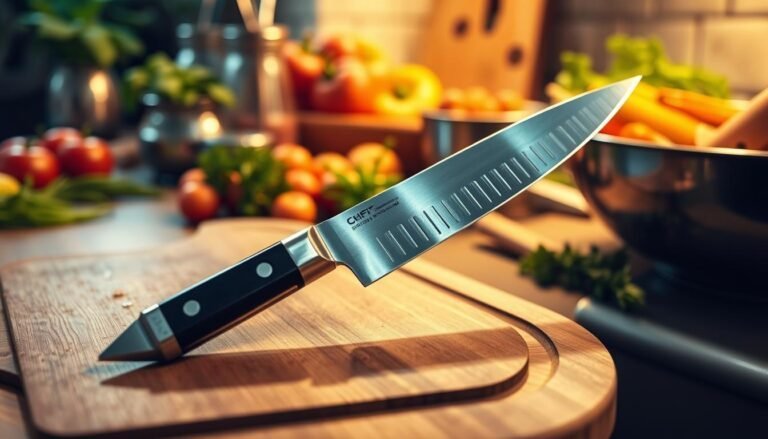Disclosure: This Post Contains Affiliate Links; We earn a commission on purchases.
In cooking and baking, accuracy is key. The success of your recipes depends on exact ingredient measurements. That’s why kitchen measuring tools are so important, making sure your dishes are just right.
Choosing the right Measuring Cups and Spoons is vital. It’s not just about following a recipe. It’s about getting the perfect mix of flavors and textures. In this guide, we’ll look at why accurate measurements matter and how the right tools can improve your cooking.
Key Takeaways
- Accurate measurements are key for great cooking and baking.
- The right kitchen tools can greatly improve your recipe results.
- Knowing the importance of precise measurements is essential for culinary success.
- Measuring Cups and Spoons are must-haves for any kitchen.
- Using the correct tools can take your cooking and baking to the next level.
Why Precision Matters in Culinary Measurements
Getting measurements right in cooking and baking is key. It’s not just about following a recipe. It’s also about knowing the science behind it.
The Science Behind Cooking and Baking Measurements
Cooking and baking involve complex chemical reactions. Using the right kitchen gadgets, like measuring cups and spoons, keeps these reactions balanced. This ensures the right texture, flavor, and consistency in the final product.
In baking, the ratio of flour to liquid is critical. Experts say measuring by weight is more accurate than by volume. This is because it avoids density variations (source).
Common Measurement Mistakes and Their Impact
Using dry measuring cups for liquids and vice versa is a common mistake. This can make dishes too dry, too wet, or unbalanced in flavor. Having the right baking essentials, like separate measuring cups, can fix these problems.
By using the right tools, cooks and bakers can make sure their dishes are perfect. They will have the right texture and flavor.
Essential Measuring Cups and Spoons for Every Kitchen
Having the right measuring cups and spoons is key for cooking and baking. The kitchen is where magic happens. The right accurate measuring equipment can make a big difference.
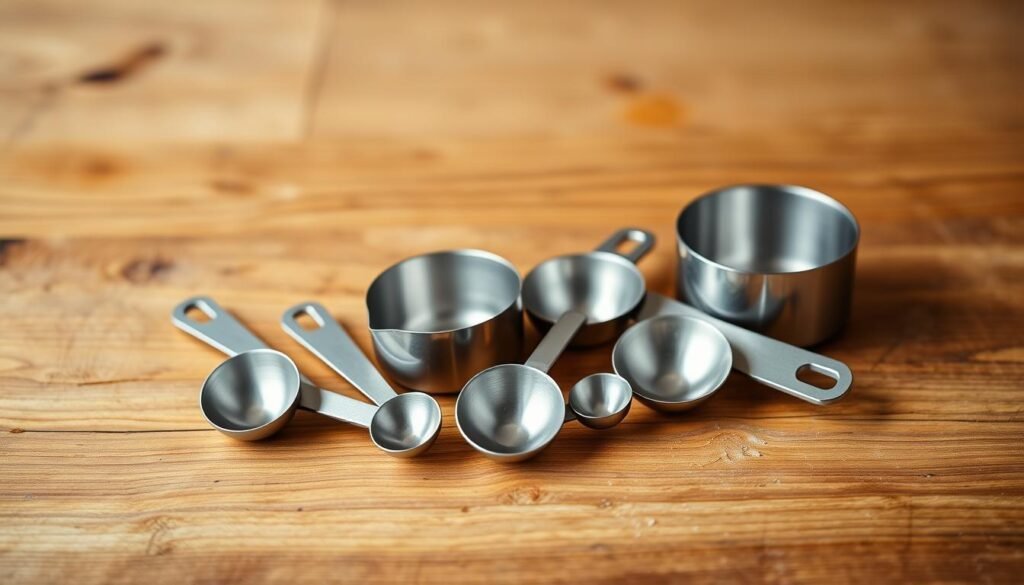
Dry Measuring Cups: Features and Uses
Dry measuring cups are for dry ingredients like flour and sugar. They help you scoop and level ingredients accurately.
Standard Sizes and Their Applications
Dry measuring cups come in sizes like 1 cup and 1/2 cup. These sizes are great for many recipes, from cakes to dry rubs.
Level vs. Heaped Measurements
It’s important to know the difference between level and heaped measurements. Level measurements are used in most recipes. Heaped measurements are for ingredients like brown sugar.
Liquid Measuring Cups: What Makes Them Different
Liquid measuring cups are for liquids like water and oil. They are clear and have markings for different volumes.
Reading the Meniscus for Accuracy
To get accurate measurements, read the meniscus at eye level. The meniscus is the liquid’s curved surface. Reading it right helps avoid errors.
Measuring Spoons: From Pinch to Tablespoon
Measuring spoons are vital culinary tools. They measure small amounts of dry and liquid ingredients, like spices and extracts.
Specialty Measuring Tools Worth Considering
There are special measuring tools beyond the basics. These include adjustable cups, unique spoon shapes, and digital tools for precision and ease.
Materials and Quality: What to Look for When Purchasing Measuring Cups and Spoons
Measuring cups and spoons’ material affects their durability and accuracy. The right material is key for precise recipe measurements. This is vital for cooking and baking success.
Common materials are stainless steel, plastic, and glass. Each has its own pros and cons.
Stainless Steel vs. Plastic vs. Glass
Stainless steel cups and spoons are durable and resistant to corrosion. They’re easy to clean, making them a favorite. But, they might cost more than plastic.
Plastic cups and spoons are light and cheap. Yet, they’re not as tough as stainless steel and can get scratches or cracks.
Glass cups are great for liquids because you can see the level. They’re also non-reactive and easy to clean. But, they can break easily.
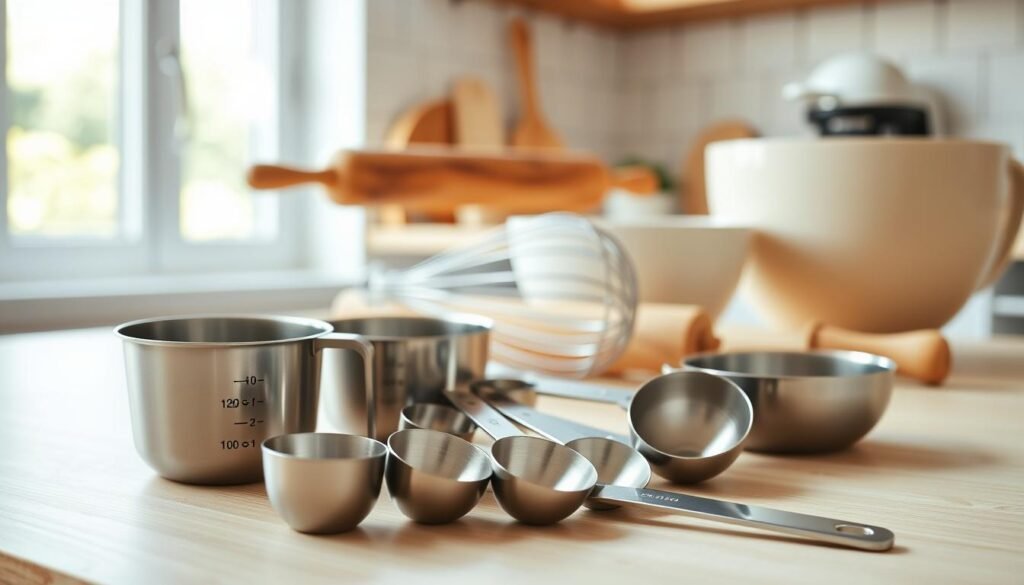
Durability, Accuracy, and Price Considerations
Choosing measuring cups and spoons means looking at more than just material. Durability, accuracy, and price are also important. A good set should last long, measure accurately, and be affordable.
- Durability: Choose cups and spoons that can handle daily use without breaking.
- Accuracy: Make sure they measure correctly for precise recipes.
- Price: Find a balance between quality and cost, as better ones might be pricier.
Top Brands and Their Offerings
Many top brands offer great measuring cups and spoons. Some well-known ones are:
- OXO: Known for their ergonomic design and accurate measurements.
- Cuisinart: Offers durable measuring cups and spoons.
- KitchenAid: Focuses on precision with their high-quality measuring cups and spoons.
Mastering the Art of Precise Measurements
Every home cook and baker needs to learn precise measurement skills. Getting the measurements right is key to a recipe’s success. It begins with knowing the right techniques.
Proper Techniques for Measuring Dry Ingredients
Measuring dry ingredients needs a special method. Start with dry measuring cups. They help you scoop and level out ingredients like flour and sugar.
Flour, Sugar, and Other Common Dry Goods
When you measure dry goods like flour and sugar, level them off. Use a straight edge or knife to do this. It prevents compacting the ingredients.
How to Accurately Measure Liquids
Liquid measurements need different tools and methods. Use liquid measuring cups on a flat surface. This keeps the liquid at eye level, reducing mistakes.
Converting Between Different Measurement Systems
Cooking often means switching between measurement systems. This includes US Standard to Metric or volume to weight conversions.
US Standard to Metric Conversions
Knowing how to convert US Standard to Metric is important. For instance, 1 cup is about 236.6 milliliters.
Volume to Weight Conversions
Converting volume to weight is more accurate for ingredients like flour. 1 cup can weigh differently based on how it’s packed.
Mastering these techniques and understanding conversions will help you get precise measurements. This will improve your cooking and baking.
Care and Maintenance of Your Measuring Tools
Keeping your measuring tools in good shape is easy. It helps them work well for a long time. This way, they stay accurate and last longer.
Cleaning and Storage Best Practices
It’s key to clean your measuring cups and spoons often. Use mild soap and warm water. Then, dry them well to avoid water spots.
- Store measuring cups and spoons in a dry place to prevent rust.
- Avoid stacking measuring cups inside each other, as this can cause scratching.
- Use a soft cloth to dry measuring tools to prevent scratching.
Preventing Rust and Damage
To stop rust, make sure your tools are dry before you store them. For stainless steel, a gentle scrub with a soft sponge can remove stains. Always follow the maker’s cleaning tips for other materials.
When to Replace Your Measuring Cups and Spoons
Measuring cups and spoons can get worn out. Look for visible wear, rust, or inaccurate measurements. If you see these, it’s time for new tools to keep your cooking and baking right.
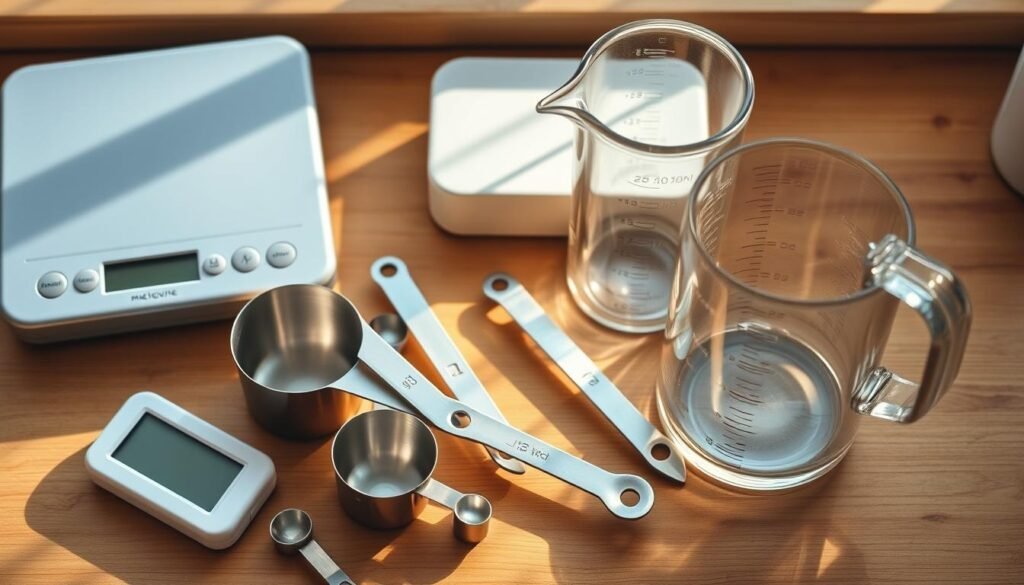
Conclusion: Elevating Your Cooking with Accurate Measurements
Accurate measurements are key to great cooking and baking. Using the right tools can change your recipe’s outcome. A good kitchen scale can take your cooking to the next level.
A kitchen scale costs between $25 and $50 for a basic one. More expensive models or commercial ones cost even more. For serious bakers, a KitchenAid mixer is worth the $400 to $500 or more. Knowing the importance of accurate measurements helps you choose the right tools.
By using what you learned here, you can get better at cooking. Whether you’re a pro or just starting, the right tools and techniques will make your dishes delicious. You’ll cook with confidence.
FAQ
What is the difference between dry and liquid measuring cups?
How do I ensure accurate measurements with my measuring cups and spoons?
What materials are best for measuring cups and spoons?
How often should I replace my measuring cups and spoons?
Can I use a kitchen scale instead of measuring cups and spoons?
How do I convert between different measurement systems, such as US standard to metric?
What are some common measurement mistakes to avoid?
Are there any specialty measuring tools that I should consider?

From beginner-friendly tips to no-fuss dessert ideas, Ryan is all about helping people enjoy baking and treat-making without the stress. Whether you’re whipping up something for a party or just craving something sweet, Ryan’s practical approach makes it easy to create desserts that taste great and don’t take all day.
Subscribe to Our Newsletter

